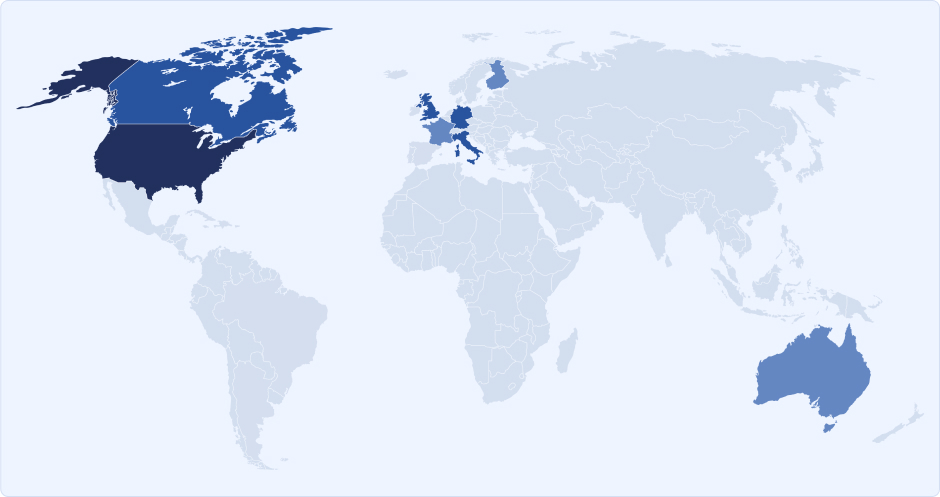- $10 M
- $1 M
- $100 K
- $10 K




Funding Opportunities
A broad list of sarcoma research funding opportunities to make it easier for researchers to find opportunities that advance their work. Learn more about research grant deadlines and how to apply for a SFA grant.
View All Funding Opportunities

Latest Sarcoma Research



Improvement of tumor neoantigen detection by high field asymmetric waveform ion mobility mass spectrometry,
Cancer neoantigens are new proteins that forms on cancer cells when certain mutations occur in tumor DNA and have roles in both spontaneous and treatment induced responses. Previously, researchers have used a technique called mass spectrometry (MS) to profile tumors for the neoantigens but, MS-based detection of clinically relevant neoantigens is insensitive and requires many cells. In the next study, “Improvement of tumor neoantigen detection by high field asymmetric waveform ion mobility mass spectrometry,” researchers used a technique called high field asymmetric waveform ion mobility spectrometry (FAIMS) Here, to determine the minimum detectable amounts of therapeutically relevant neoantigens. They found a 14-fold enhancement of sensitivity, allowing detection of a well-known neoantigen from only 100 mg of tumor. This study demonstrates that FAIMS substantially increases the sensitivity of MS-based characterization of validated neoantigens from tumors. These results indicate that FAIMS-MS may be able to increase neoantigen detection and help to find neoantigen targets.



ASPSCR1:TFE3 Drives Alveolar Soft Part Sarcoma by Inducing Targetable Transcriptional Programs
This study involves a new possible therapeutic strategy for alveolar soft part sarcoma (ASPS), a sarcoma known to be driven by the ASPSCR1::TFE3 fusion. In ASPSCR1:TFE3 Drives Alveolar Soft Part Sarcoma by Inducing Targetable Transcriptional Programs, the investigators strive to gain a better understanding of the mechanisms by which the fusion drives cancer growth and help identify potential therapeutic targets. They determined that the ASPSCR1:TFE3 fusion regulated essential cell programs involved in cell proliferation, angiogenesis, and mitochondrial biology. They also found that the fusion increased cell proliferation by increasing levels of a protein called cyclin D1. They found that inhibition of cyclin D1 signaling decreased cell growth and when combined with inhibition of another protein called CDK4/6, it led to tumor growth in a model of ASPS. These results indicate a possible therapeutic strategy for ASPS.



Safety And Efficacy Of Combination Lurbinectedin Plus Doxorubicin From A Phase 1b Trial In Patients With Advanced/Metastatic Soft Tissue Sarcoma.
In this study, patients with advanced/metastatic soft tissue sarcoma were treated with lurbinectedin (binds to DNA inhibiting transcription and causing double strand DNA breaks) and doxorubicin (inserts into the DNA also inhibiting transcription) to determine the recommended phase 2 dose of full-dose lurbinectedin with low-dose doxorubicin. The treatment was also found to be safe and tolerable. There were several subtypes enrolled with signals of activity in leiomyosarcoma (LMS), Dedifferentiated Liposarcoma (DDLPS), undifferentiated pleomorphic sarcoma (UPS), endometrial stromal sarcoma, and myxofibrosarcoma with an objective response rate (ORR) of 60% and estimated median PFS of 16.5 months. These data support the ongoing randomized phase 2 study in patients with LMS comparing lurbinectedin/doxorubicin with doxorubicin alone.



